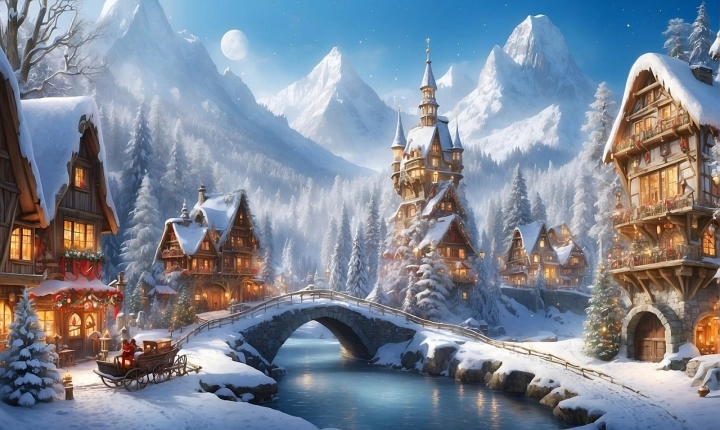Can ChatGPT Create Visuals: Exploring the Capabilities of AI in Visual Art
In recent years, artificial intelligence has made incredible advancements in various fields, from natural language processing to image recognition. One of the most intriguing possibilities that AI presents is its potential to generate visual art. With the emergence of AI-powered tools like ChatGPT, there has been growing interest in exploring the capabilities of AI in creating visuals.
ChatGPT, a language model developed by OpenAI, is proficient in generating human-like text based on the input it receives. It has been widely used for various applications, including chatbots, content generation, and more. However, the question arises: can ChatGPT go beyond generating text and create visual content as well?
The answer is both surprising and fascinating. While ChatGPT itself is primarily a language model and is not specifically designed to create visuals, its use in combination with other AI models and tools can indeed produce intriguing visual content.
One of the primary ways in which ChatGPT can be used to create visuals is through the process of “prompting.” By providing specific prompts or instructions to ChatGPT, users can guide the model to generate textual descriptions of visual content. These descriptions can then be used as a basis for creating visual representations through other AI-powered tools.
For example, a user could provide a prompt to ChatGPT requesting it to describe a serene landscape with mountains and a peaceful lake. ChatGPT could then generate a detailed textual description of such a scene, including the colors, shapes, and elements present. This description could be used as a guide for an AI-powered image generation tool to create a visual representation of the described landscape.
In addition to image generation, ChatGPT can also be used to generate textual descriptions of visual concepts, which can be utilized in other forms of visual art, such as graphic design, illustration, or storyboard creation. By leveraging the descriptive abilities of ChatGPT, creators can potentially streamline the conceptualization and ideation process for visual projects.
Furthermore, ChatGPT’s ability to understand and process natural language can be harnessed to analyze and interpret existing visual content. For example, by providing a textual description of a particular image, ChatGPT could be used to identify key elements, concepts, or sentiments depicted in the image, adding an extra layer of analysis and interpretation to visual content.
However, it’s important to note that while ChatGPT can contribute to the creation and interpretation of visual content, it is not a substitute for the creativity and skill of human artists and designers. Rather, it should be seen as a tool that can complement and enhance the creative process.
Ultimately, the potential for AI, including ChatGPT, to contribute to visual art is an exciting and rapidly evolving area. As AI continues to advance, it is likely that we will see even more sophisticated and nuanced interactions between AI and visual art, opening up new possibilities for creativity and expression.
In conclusion, while ChatGPT itself is not a visual art creation tool, its integration with other AI models and tools shows promise in enabling the creation and interpretation of visual content. As AI technology continues to progress, it is clear that the boundaries between AI and visual art are becoming increasingly blurred, paving the way for new and innovative approaches to creative expression.
